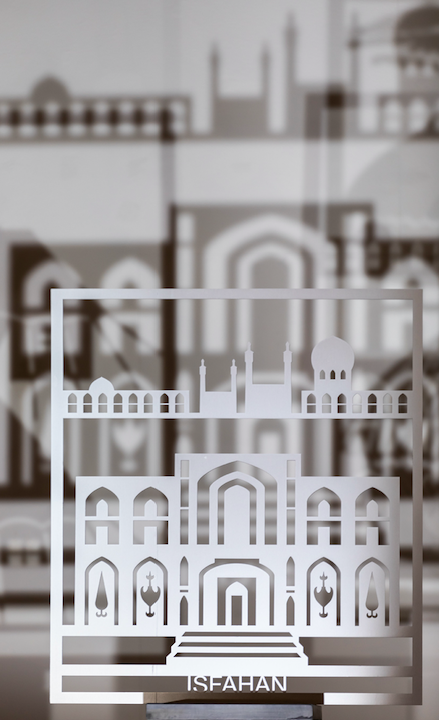
Anna Sokulska Forster and her family were treated with great generosity by people in Persia (now Iran), who brought gifts of clothes and food for the newly arrived Polish refugees. From Pahlevi they were moved to Tehran, which for most of them was the first beautiful and peaceful place they had seen in three or four years. They finally had somewhere lovely to stay. Schools were established in the makeshift camps, staffed by teachers who had survived the forced migration. Many of the children, including many orphans, were still exhausted and ill and they were moved to Isfahan, where the mild climate could help them to recover. Many hospitable locals opened their homes (including some palaces) to accommodate them. Between 1942 and 1946 four schools were established in the city and Isfahan became known as the city of Polish children.

Persia was not the only destination for Polish refugees. Others ended up in India and other countries connected to Britain and the Allies. Here too schools and orphanages were opened to look after displaced children, ill and traumatised after two years’ on the move. You can see some archive photographs of such orphanages here and listen to academic Josef Butler discussing the different routes that Polish refugees took in this podcast conversation with Diana Forster. As Josef Butler explains, it was in places like Persia and India that many Polish forced migrants were first exposed to British customs and culture, and these experiences shaped their understanding of British identity and their sense of connection to the UK. Still today, many migrants arriving in Britain feel a connection to the country because of the legacy of empire.
For Anna Sokulska Forster, life in Britain was still many years away – even though she did not stay in Persia for long. Although it represented a place of respite in some ways, her time there helps to remind us of the ongoing challenges that forced migrants face, as they journey for months or years to find somewhere to stay – in particular, the sickness and lost education experienced by many children. On the other hand, this part of Anna’s journey illustrates the impact that hospitality, care and kindness can have in stabilising vulnerable people after trauma and helping them to gather new strength for whatever the future may bring. The fact that some children had been orphaned by this point, and others were too weak to journey on, underlines one of the many harsh realities of forced migration: that the initial rupture of displacement is often followed by further losses and separation, with families and populations becoming scattered in different places.
